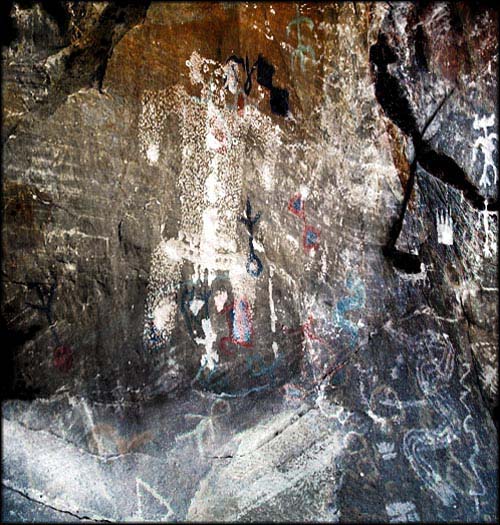It may be that because many universities have their combined anthropology and archaeology departments, along with their coffee machines, many archaeologists who pursue the study of rock art insist on cultural anthropological interpretations.
Of course rock art originated in indigenous cultural contexts; and, as Christopher Tilley put it, "To read or to attempt the interpret the archaeological record is to read it in relation to an entire set of culturally encoded beliefs, which go to make up our contemporary experience." In addition to even enlightened interpretations of the past, scholars educated in Western science who are not artists themselves tend to degrade the creative edge of an artist's imagination.
One example is the application of high seriousness to rock art interpretations; that is, there is a notable lack of humor, as if indigenous artists had none. Thus, a man's exaggerated erection, or a woman's labia and clitoris with objects, perhaps including a child, falling out, are not scatological but fertility symbols [even when the female figure may exhibit the hair whorl worn by unmarried Hopi women].
Along with the scratches and figured lines, the wall itself is ludic. Here, anything can happen! As with the famous ithyphallic man in the well of Lascaux, a human may wear the head and feet of a bird and fly into numinous dimensions. And an artist who can read in "the vizier's language of the birds," need not be primeval.
Here and now I have to dilute myself into many things.
I am a firefly and I go lighting the boughs of the forest.
However when I fly I watch the way I move
And I'm not only a firefly
But also the air it flies on
